MITARASHI DANGO - How to wrap five Mitarashi Dango -
みたらし団子 - どうやってみたらし団子5本包むか -
I think my expectation towards Food in Japan was a bit too high. I thought i would eat something WOW! every meal everyday. But as a matter of fact, there were only three WOW times in our stay in Japan. They were 1) Soba and Tenpura at TOSHI AN in Tokyo. 2) Curry rice at KIRYU in Tokyo, and 3) Mitarashi Dango in Kyoto which I will describe today.
Dango is a Japanese dumpling made from mochiko (rice flour), and Mitarashi Dango is Kyoto's speciality that Dango balls are covered with a syrup made from shouyu (soy sauce), sugar and starch. You often eat Dango or Mitarashi Dango when you have green tea.
One night when we were walking around in Kyoto town, we found a queue on street for Mitarashi Dango eatery where chefs were grilling Dango on street. It said 90 yen=75 cents for 1 stick. We bought 5 sticks and brought them back to our hotel.
It turned out to be my best Dango experience ever. It's not too sweet, not too dull. It just changed my image on boring Dango. Dango is not for children at all! It is super tasty. I strongly recommend to try this when you visit Kyoto.
多分日本食に対する期待が異常に高くなってたんだと思う。知らず知らずにうわーすげーうまいーが毎日、毎食来るもんだと思ってたんだと思う。だから実際に日本を訪れて食べ始めてみると、そんなにすごい物に毎回巡り会うことができずにちょっと残念だった部分もある。それでもやはりぶち抜けてすごいものはある訳で、それは既に書いたように1)利庵のお蕎麦と天ぷら、2)吉柳のあさりカレーライス、それと京都で食べたみたらし団子だ。その事について今日は書く。
みたらし団子は京都の名物だって事はさっきwikipediaで知った。夜京都の祇園近辺を歩いていたら通りに行列ができていて、その先で団子を焼いていた。それじゃー試そうって1本90円の団子を5本買って宿へ持って帰ってきたら、これがおいしいのなんのって、子供の頃スーパーの前の屋台でやる気無いおっさんが焼いてたみたらし団子のイメージを完璧に吹っ飛ばしてくれた。八坂神社の前あたりにある団子屋。京都に行くなら是非。
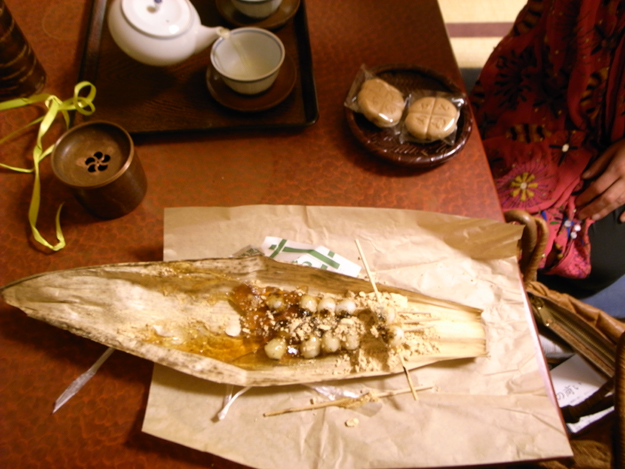
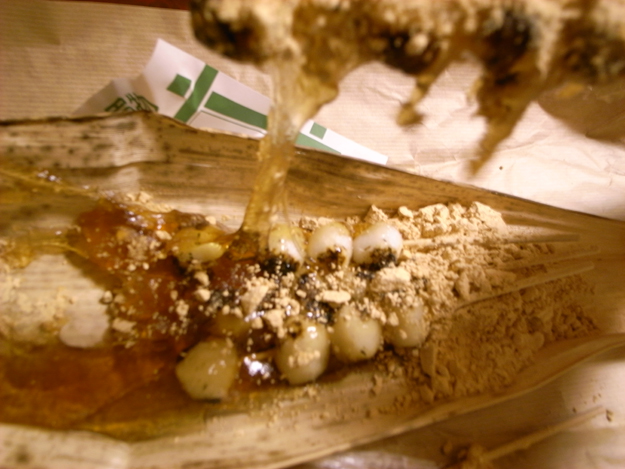
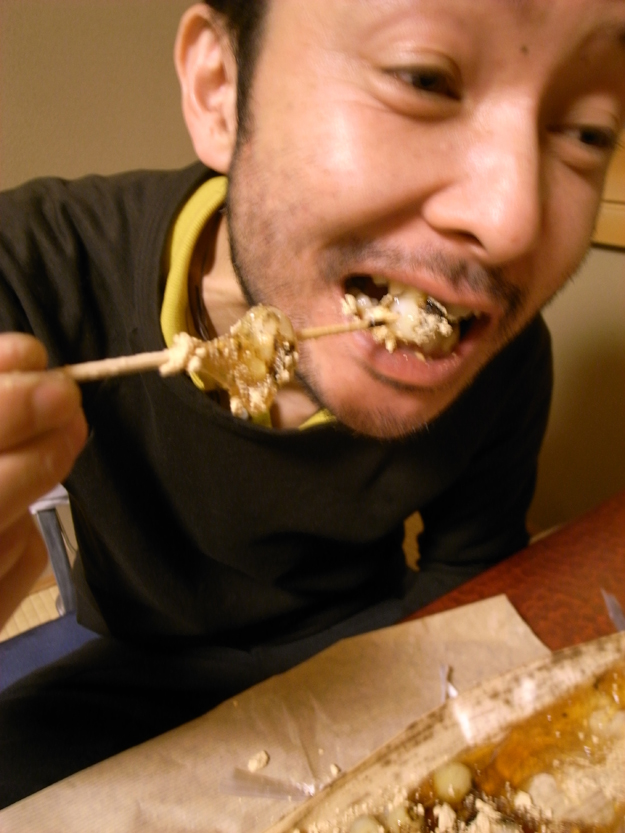
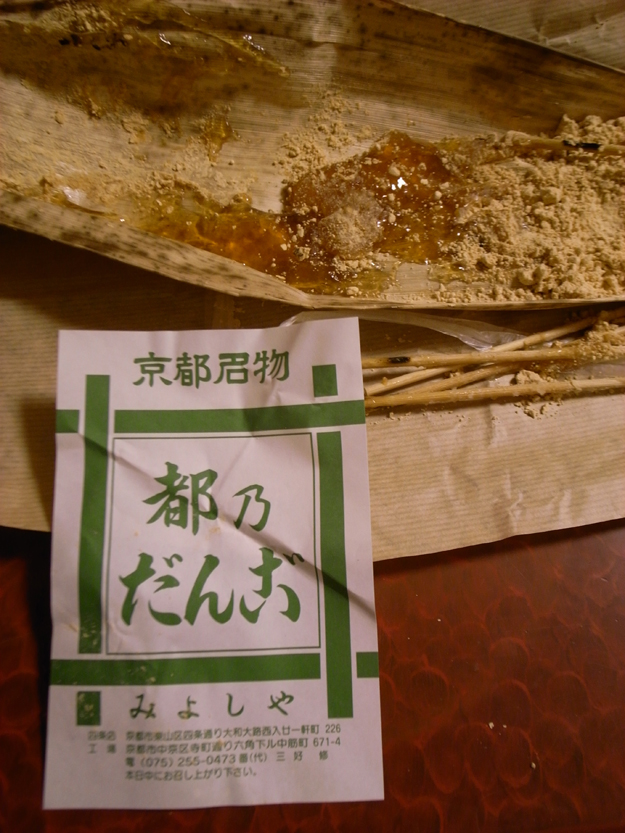
This is how they were grilling on street.
これがその行列の先で焼いていた姿。
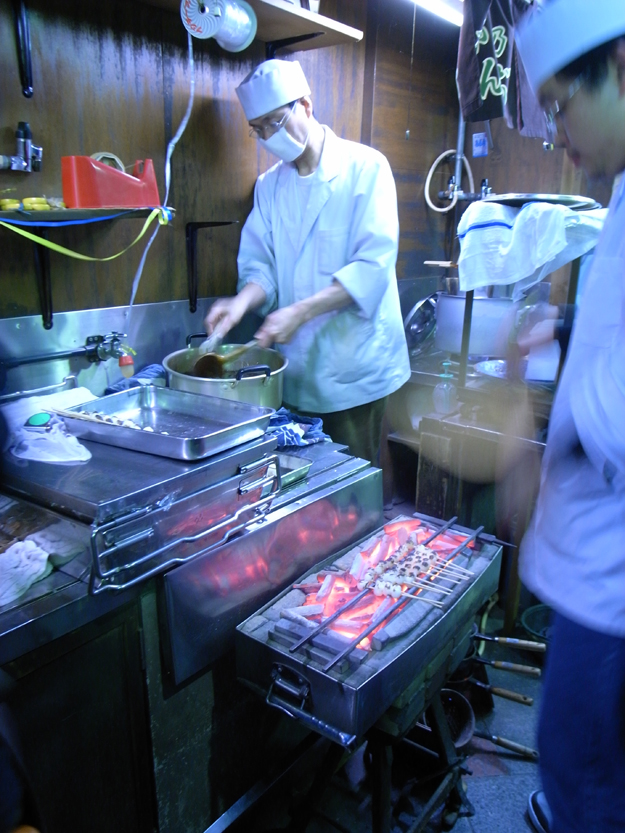
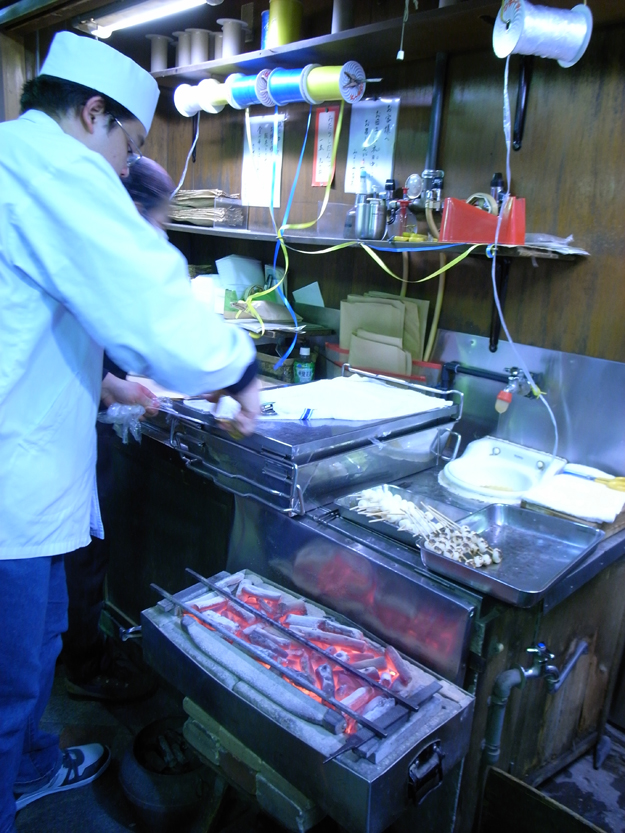
It was not only about its taste, but how they wrap these 5 sticks of Mitarashi Dango was also something i was very much impressed. Very traditional, very ecological, very personal, very much craft work that we Japanese should be proud of.
このみたらし団子、団子の味だけじゃなくて、この5本の団子をどうやってお持ち帰り用として包んでくれたかって言うのも僕はすごく感動した。とっても伝統的。とっても地球に優しく、とってもパーソナルで、とっても工芸的なこの包装方法を僕たち日本人はもっと誇るべきだと思った。
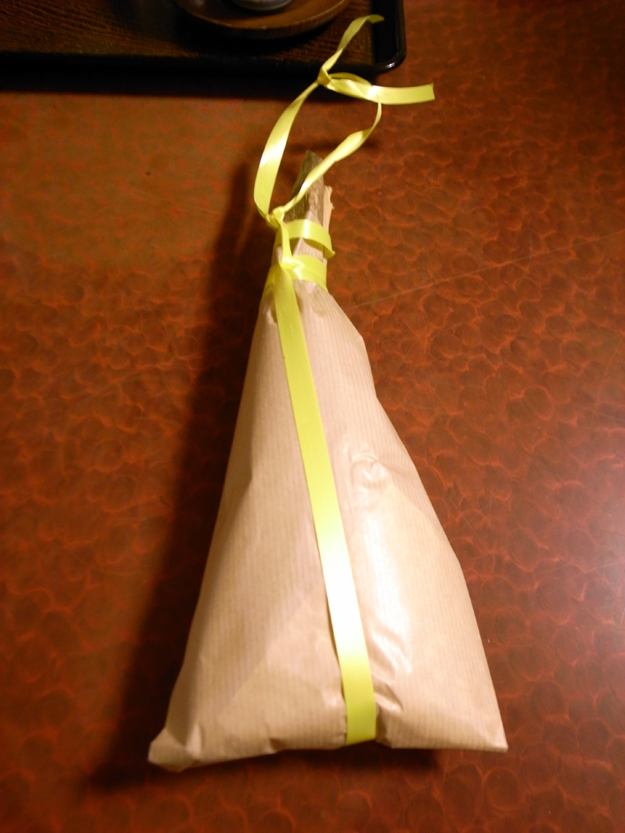
Sooo coool.
すげーーーかっこいーーー。
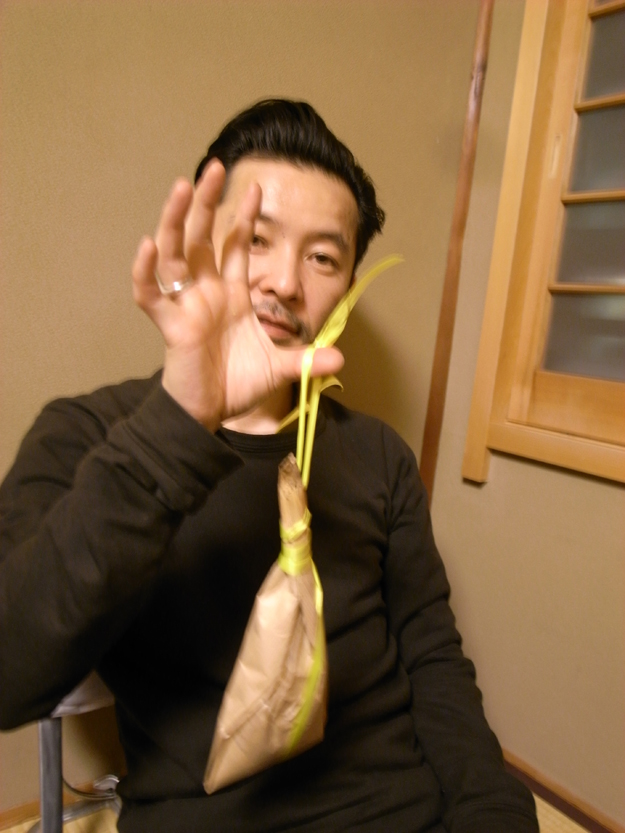
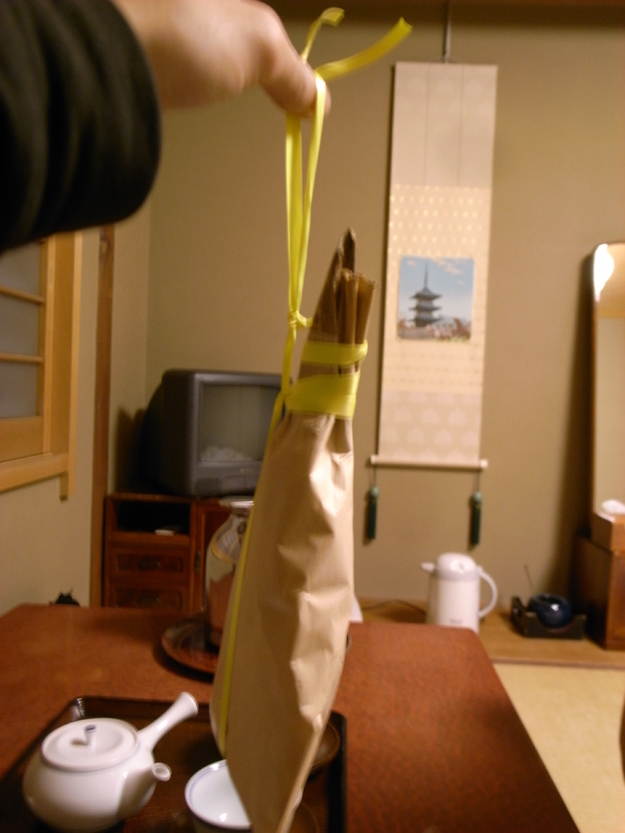
It was covered by Bamboo leaf in the end.
最後は笹の葉でくるまれていて。
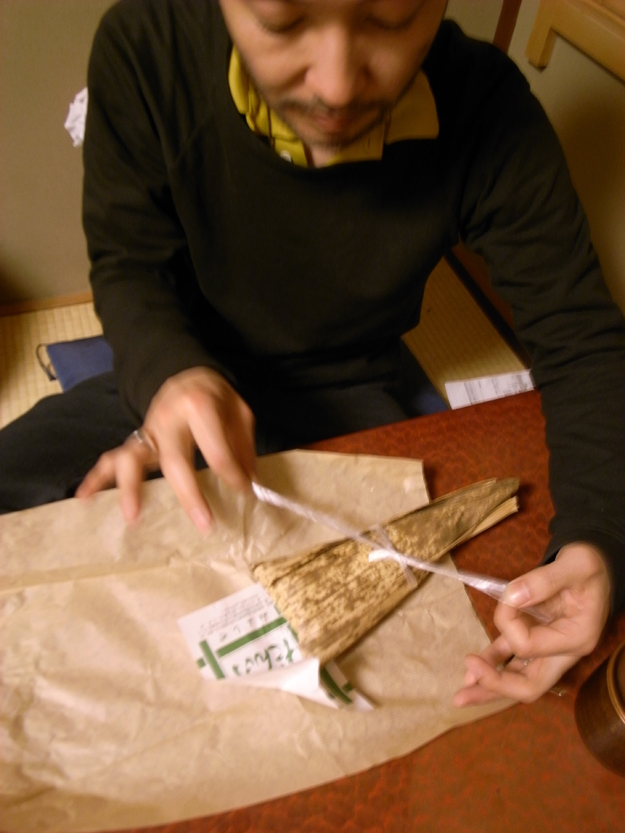
Do you know a book called "How-Wrap-Five-Eggs"? It is a book about traditional Japanese packaging with lots of strong black and white photos which are beautifully lay outed. It visually makes me feel good and stimulates my japanese-ness somewhere within me.
"How-Wrap-Five-Eggs"って言う本がある。「どうやってたまごを5つ包むか」って言うタイトルの本なんだけど、印象的な白黒写真が素晴らしくきれいにレイアウトされた本で、次から次へと日本の伝統的なパッケージング、包装方法の写真が出てくる。そしてそれらを見ていると気持ちがよくなったり、自分のどこか「日本人的な所」がものすごーく刺激される。強烈推薦。
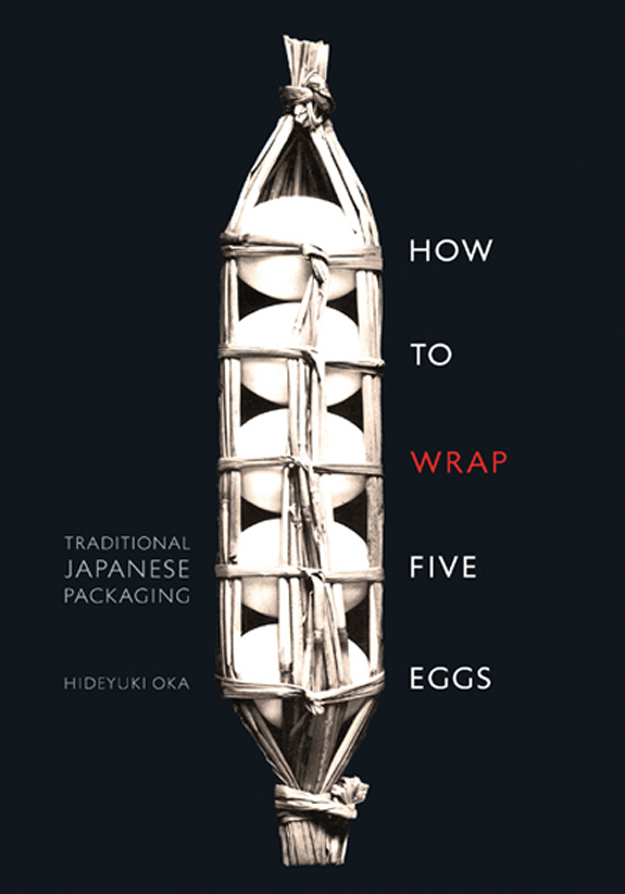
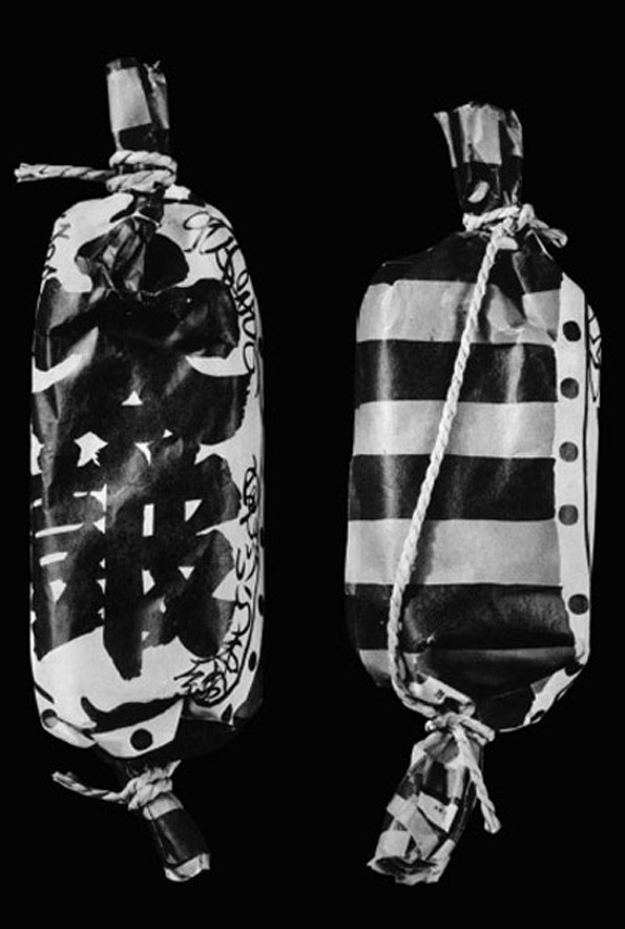
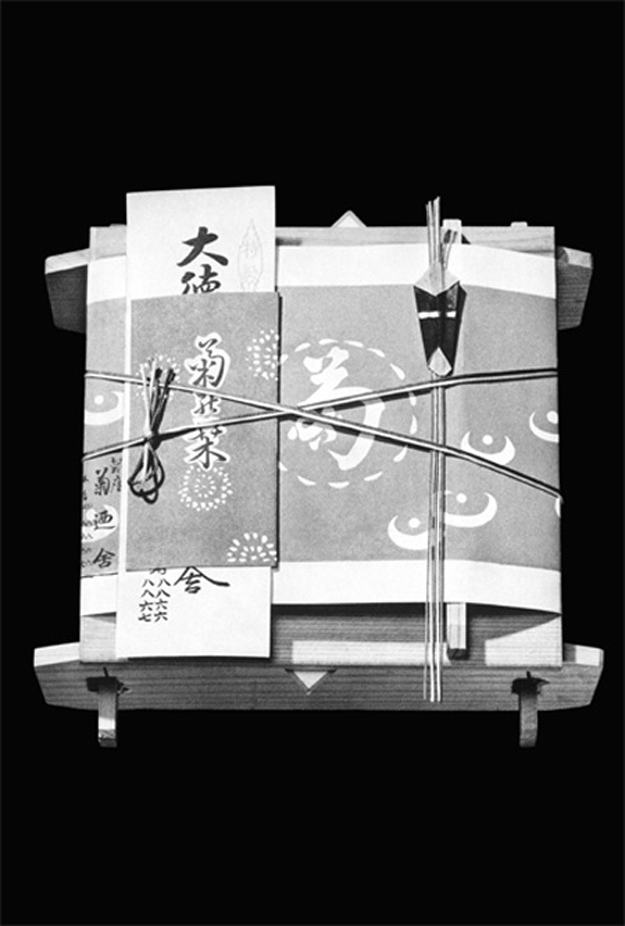
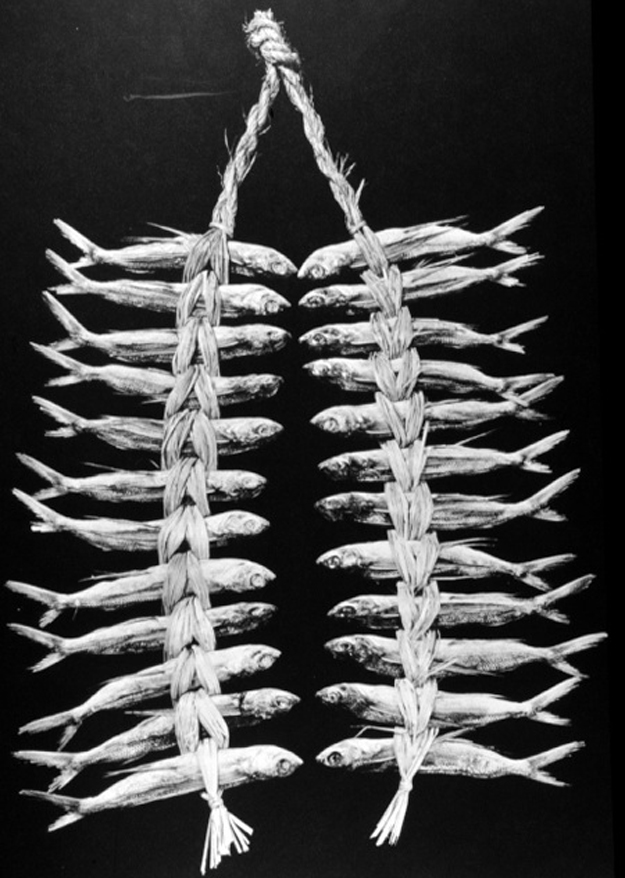
In the forward for the book's first American publication in 1967, designer George Nelson wrote,
1967年にアメリカでこの本が発売されるにあたってデザイナーのGeorge Nelson が素晴らしい事を書いている。英語しか無いけど。是非ご一読あれ。
"We have come a long, long way from the kind of thing so beautifully presented in this book. To suit the needs of super mass production, the traditional natural materials are too obstreperous . . . and one by one we have replaced them with the docile, predictable synthetics . . . What we have gained from these [new] materials and wonderfully complicated processes to make up for the general pollution, rush, crowding, noise, sickness, and slickness is a subject for other forums. But what we have lost for sure is what this book is all about: a once-common sense of fitness in the relationships between hand, material, use, and shape, and above all, a sense of delight in the look and feel of very ordinary, humble things. This book is thus . . . a totally unexpected monument to a culture, a way of life, a universal sensibility carried through all objects down to the smallest, most inconsequential, and ephemeral things."
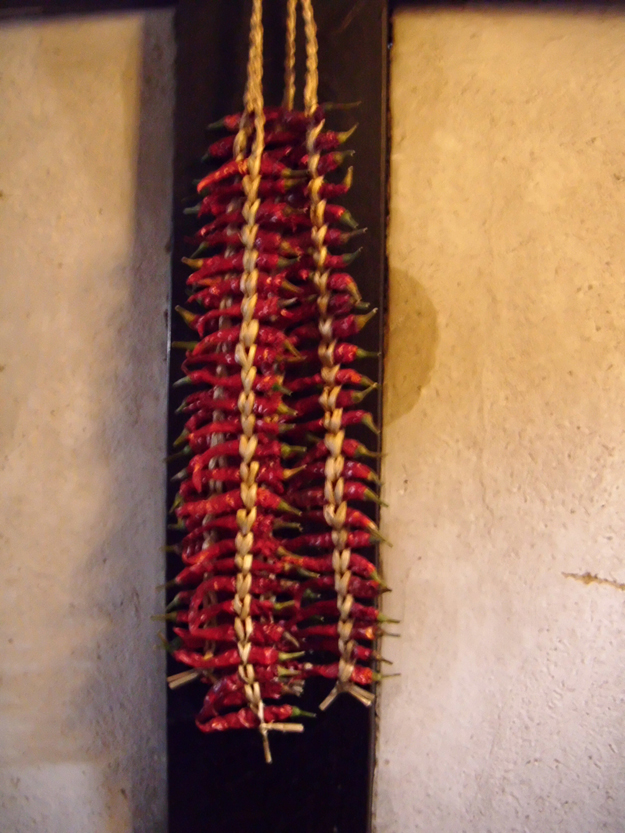
Nowadays, it is getting even more extreme. You saw a transparent and individual strawberry package in my previous post, you saw a colorful Bento-Lunch box made out of plastic. Efficiency is not the solution for our quality of life at all. And there are still lots of Human touched beautiful things in Japan. I would go crazy when I find those things. I love it.
現代はこのネルソンが書いた状況をもっとすごくしたような状況だ。透明ケースの入った個包装のいちご、人工的に着色された食べ物が入った発泡スチロールの弁当箱。「効率が良い」って言うコンセプトが僕たちの人生の質 "quality of life"を下げる事が多くある。日本にはまだ多くのこうした人間的で暖かみのあるものが日常生活の中で残っている。そんなのを見つけると僕はすごく興奮して喜ぶ。


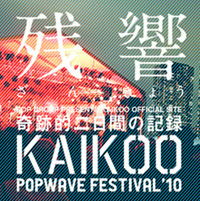

Great post with lots of impotrnat stuff.
LEi0Rd fyyvzbygtpmj
OH7Soz oeyswnqzyeno